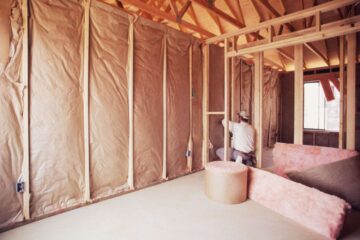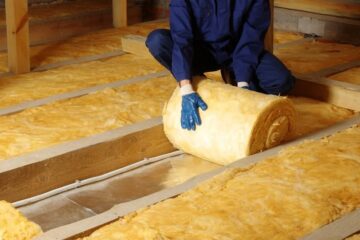In the pursuit of energy-efficient and sustainable building solutions, glass wool insulation has established itself as an indispensable material for architects and builders. This versatile insulation product, manufactured primarily from recycled glass, offers a perfect balance of performance and environmental responsibility that addresses the core challenges of modern construction.
The exceptional thermal properties of glass wool stem from its intricate fiber matrix structure. The millions of intertwined glass fibers create countless air pockets that effectively impede heat transfer, maintaining stable indoor temperatures throughout seasonal changes. This thermal regulation capability translates to significant energy savings, with properly insulated buildings demonstrating up to 40% reduction in heating and cooling costs compared to non-insulated structures.
Acoustic performance represents another key advantage of glass wool insulation. The material’s unique composition acts as an effective sound absorber, significantly reducing both airborne noise transmission and impact sounds. This characteristic makes it particularly valuable for projects requiring superior acoustic comfort, such as educational institutions, healthcare facilities, and residential developments in urban areas.

Fire safety considerations further elevate glass wool’s position in the construction industry. As a naturally non-combustible material, it provides passive fire protection without emitting toxic smoke when exposed to flames. This inherent fire resistance has made it a preferred choice for commercial high-rises and public buildings where stringent safety standards must be met.
Environmental sustainability remains at the core of glass wool’s value proposition. The manufacturing process incorporates substantial amounts of post-consumer recycled glass, typically ranging from 60-80% of total content. This recycling initiative not only reduces landfill waste but also conserves raw materials and energy resources. Furthermore, glass wool’s durability ensures long-term performance without degradation, while remaining fully recyclable at the end of its service life.
Practical installation benefits complete the compelling case for glass wool insulation. Available in various forms including flexible rolls, semi-rigid batts, and rigid boards, it adapts seamlessly to diverse construction applications. The material’s lightweight nature facilitates easy handling and reduces transportation costs, while its flexible composition allows for precise fitting around complex architectural features and service penetrations.
As global building codes continue to emphasize energy conservation and sustainable practices, glass wool insulation stands out as a future-proof solution that delivers comprehensive benefits across thermal performance, acoustic comfort, fire safety, and environmental impact. Its proven track record in diverse applications positions it as an essential component in high-performance building envelopes for both new construction and retrofit projects.


